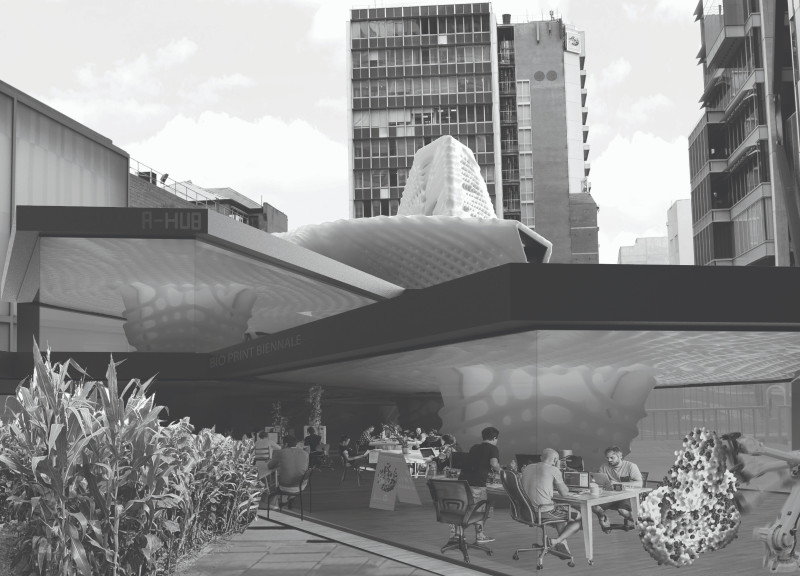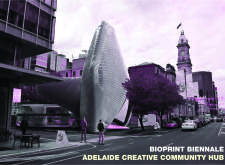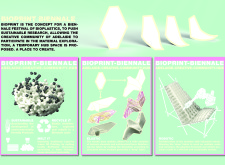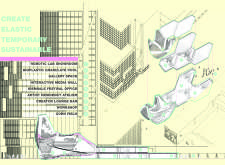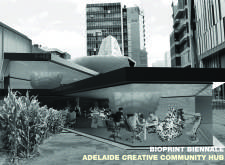5 key facts about this project
This architectural project is primarily designed to serve as a multifunctional space, catering to a variety of activities that range from communal gatherings to individual pursuits. The layout emphasizes openness and flexibility, allowing spaces to be utilized for different purposes over time. This adaptability is a vital aspect of contemporary architecture, responding to the evolving nature of how people interact with and occupy shared spaces.
One of the most notable features of the project is its facade, which has been meticulously crafted to create a visual connection with the surrounding landscape while offering a contemporary aesthetic. The use of materials such as concrete and glass contributes to a modern yet approachable exterior. Large glass panels allow natural light to permeate the interior, fostering a welcoming atmosphere that blurs the lines between the indoors and outdoors. This emphasis on light not only enhances the visual qualities of the space but also promotes energy efficiency through passive solar heating.
Within the architectural design, attention to detail is paramount. The interiors are characterized by their thoughtful arrangement, where high ceilings and open floor plans create a sense of spaciousness. Textured wood and stone elements are incorporated to establish a warmer, inviting feel, offering a tactile contrast to the sleekness of the glass and concrete. Such material choices reflect an appreciation for nature, harmonizing the building with its environment while addressing modern design sensibilities.
A unique approach in this project is the integration of sustainable features, which demonstrate a forward-thinking philosophy on architecture. Elements such as green roofs, rainwater harvesting systems, and energy-efficient fixtures are woven into the design, encouraging sustainable living practices among occupants. This commitment to environmental responsibility not only enhances the building's performance but also sets a precedent for future projects in the area.
The landscaping surrounding the structure complements its architecture, incorporating native vegetation that requires minimal irrigation and maintenance. This choice acknowledges the local ecosystem, promoting biodiversity while further integrating the project into its geographical context. Pathways meander through the landscape, creating opportunities for interaction and engagement within the community.
Incorporating spaces for community engagement is another key aspect that stands out in this design. Dedicated areas for gatherings, workshops, and events foster a sense of belonging and connectivity among users. This attention to communal space is essential in modern architectural practice, especially in an increasingly urbanized world where fostering social relationships is vital.
Overall, the architectural design elegantly balances form and function, all while respecting its local context and the needs of its inhabitants. The project stands as a model of contemporary architecture, advocating for practicality without sacrificing aesthetic values. Visitors and potential residents alike will find that this space encourages interaction, promotes sustainability, and celebrates the surrounding environment.
For those interested in exploring the intricacies of the project further, it is beneficial to examine the architectural plans, sections, designs, and ideas presented in the project documentation. These elements provide deeper insights into the thoughtful considerations that shaped this architectural endeavor, revealing the underlying philosophy that guides its creation.


